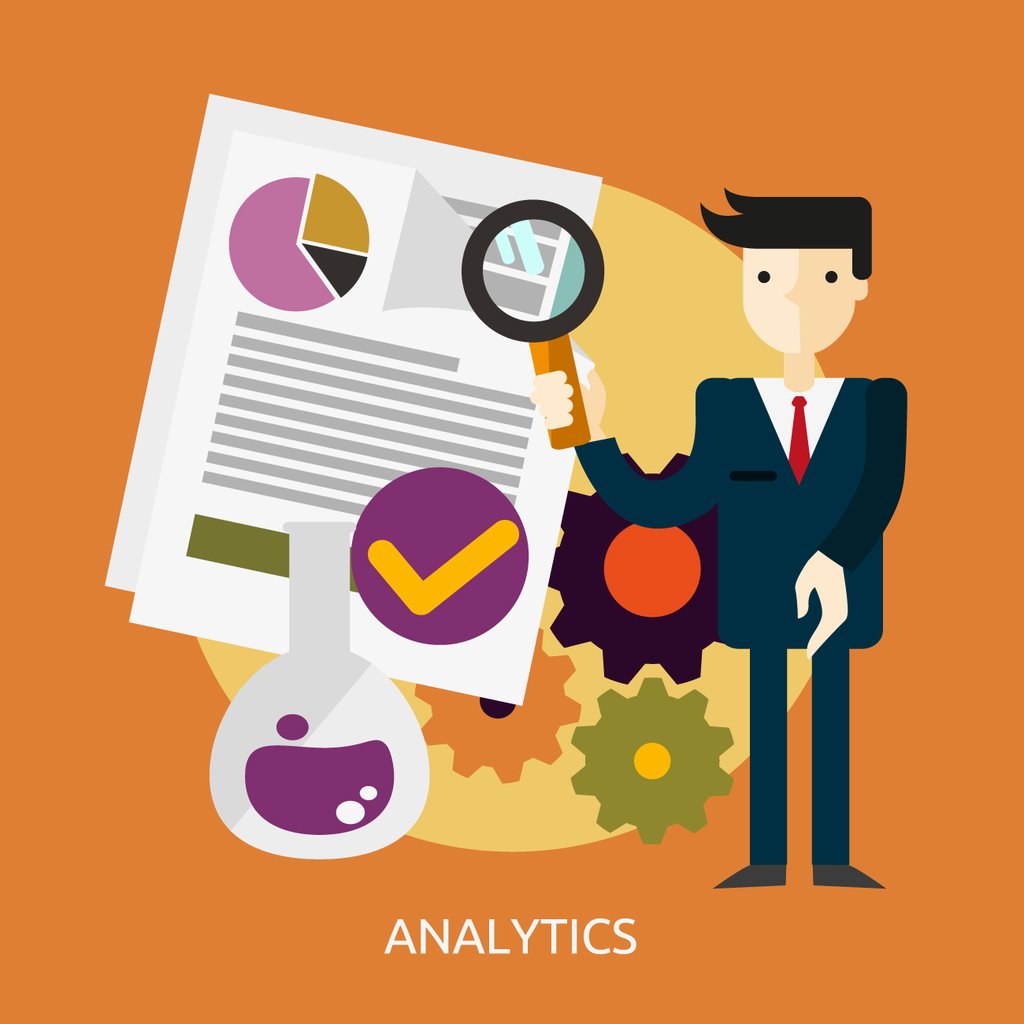Mastering Spend Analytics: A Guide to Informed Procurement

Introduction to Spend Analytics
Imagine having access to a crystal ball that can unveil hidden insights about your company’s spending patterns. With spend analytics, you no longer have to rely on guesswork or gut feelings when it comes to making informed procurement decisions. Spend analytics gives organizations the ability to unlock valuable spend data and transform it into actionable intelligence.
In this blog post, we will delve deep into the realm of spend analytics and explore how it can revolutionize your approach to procurement. From understanding its importance in driving efficiency and cost savings to exploring best practices for implementation.
The Importance of Spend Analytics for Procurement
Procurement plays a crucial role in ensuring the smooth functioning and success of any organization. It involves sourcing goods and services, negotiating contracts, managing supplier relationships while minimizing costs. However, without proper insight into spend data, procurement decisions can be based on guesswork rather than informed analysis.
This is where spend analytics comes into play. By systematically collecting and analyzing expenditure data across various categories like suppliers, products, departments, or regions, organizations gain valuable insights that can drive strategic decision-making in procurement.
Spend analytics enables procurement professionals to identify cost-saving opportunities by pinpointing areas with excessive spending or ineffective supplier contracts. With this information at hand, they can negotiate better deals with suppliers or consolidate purchasing power to achieve significant cost reductions.
Moreover, spend analytics helps to mitigate risks associated with poor quality products or unreliable suppliers. By monitoring vendor performance metrics such as delivery times and product defects through analytic tools, organizations can make more informed decisions about which suppliers to engage with long-term.
Furthermore, spend analytics provides visibility into compliance issues by tracking adherence to contract terms and regulatory requirements. This ensures that organizations are meeting their legal obligations while also optimizing their supply chain operations.
It is no longer enough for procurement professionals to rely solely on intuition or historical trends when making critical sourcing decisions. The ever-changing market dynamics demand real-time insights derived from comprehensive spend analysis, allowing organizations not only to react swiftly but also anticipate future demands proactively.
By harnessing the power of sophisticated analytical tools, organizations have the ability to transform raw data into actionable intelligence. They are empowered with the knowledge needed to optimize their procurement strategies and make well-informed decisions tailored to specific organizational needs. The result? Improved efficiency, cost savings, and enhanced overall performance. To stay ahead in today’s competitive landscape, organizations must embrace spend analytics and leverage it.
Tools and Techniques for Gathering Spend Data
When it comes to gathering spend data for procurement, there are various tools and techniques that can help organizations streamline the process. One popular tool is a spend analysis software, which automates the collection and categorization of spend data from various sources such as invoices, purchase orders, and contracts. This allows procurement teams to have a comprehensive view of their spending patterns.
Another technique is data mining, where large volumes of unstructured data are analyzed to identify patterns and trends in spending behavior. By using advanced algorithms and machine learning models, organizations can uncover valuable insights hidden within their vast amounts of transactional data.
In addition to these tools, many companies also leverage external sources of information such as market research reports or supplier databases. These sources provide additional context about suppliers’ financial stability or industry benchmarks that can further enhance the accuracy and completeness of spend analytics.
Furthermore, some organizations use manual methods like surveys or interviews with key stakeholders to gather qualitative information about spending preferences or specific purchasing decisions that may not be captured through automated systems.
The choice of tools and techniques for gathering spend data will depend on an organization’s specific needs and resources. However, regardless of the approach taken, it is crucial to ensure that the data collected is accurate, reliable, and consistent across different sources in order to make informed procurement decisions.
How to Analyze and Interpret Spend Data
Analyzing and interpreting spend data is a crucial step in mastering spend analytics. It involves diving deep into the numbers and extracting meaningful insights that can inform procurement decisions. So, how do you effectively analyze and interpret spend data?
First, it’s important to have a clear understanding of your organization’s goals and objectives. This will help you identify which metrics to focus on during the analysis process. Whether it’s cost savings, supplier performance, or risk mitigation, aligning your analysis with your goals is key.
Next, leverage tools such as data visualization dashboards to make sense of the vast amount of information at hand. These tools provide visual representations of the data, making patterns and trends more easily identifiable.
Once you have visualized the data, start looking for anomalies or outliers that may require further investigation. These could be unusually high spending in certain categories or suppliers that are not aligned with your strategic sourcing initiatives.
Furthermore, segmenting your spend data by different dimensions such as category, department, or geography can provide deeper insights into specific areas of interest. This allows for targeted decision-making based on specific needs within each segment.
Additionally, consider conducting benchmarking analyses to compare your organization’s performance against industry peers or best practices. This can help identify areas where there is room for improvement and guide strategic decision-making.
Last but no less important – don’t forget about qualitative factors. While numbers are essential in analyzing spend data; qualitative information such as market intelligence or supplier feedback should also be taken into account when making informed procurement decisions.
Using Spend Analytics to Drive Informed Procurement Decisions
Spend analytics is not just about collecting data; it’s about leveraging that data to make informed decisions in procurement. By analyzing spend patterns and trends, businesses can gain valuable insights into their purchasing processes, supplier performance, and cost-saving opportunities.
One of the key benefits of using spend analytics in procurement is the ability to identify areas where savings can be achieved. By examining spending patterns across different categories, organizations can spot opportunities for consolidation or negotiation with suppliers. This can result in significant cost reductions and improved overall profitability.
Additionally, spend analytics enables businesses to assess supplier performance objectively. By tracking metrics such as delivery times, quality of goods or services received, and compliance with contractual terms, companies can easily identify underperforming suppliers and take corrective actions. This ensures that procurement decisions are based on reliable data rather than subjective opinions or relationships.
Moreover, spend analytics plays a crucial role in risk management within procurement operations. By monitoring spending patterns across geographies or product lines, organizations can proactively identify potential risks such as supply chain disruptions or over-reliance on certain suppliers. This allows them to develop contingency plans and diversify their supplier base accordingly.
Furthermore, spend analytics helps improve contract management by providing insights into contract compliance rates and highlighting instances of non-compliance. Armed with this information, businesses can take appropriate measures such as renegotiating contracts or implementing stricter monitoring mechanisms.
Best Practices for Implementing a Successful Spend Analytics Strategy
When it comes to implementing a successful spend analytics strategy, there are several best practices that procurement professionals should keep in mind. These practices can help organizations optimize their procurement processes and make more informed decisions.
First and foremost, it is essential to have clear objectives in mind when developing a spend analytics strategy. What specific insights or outcomes do you hope to achieve? Defining your goals will guide the rest of your implementation process.
Next, ensure that you have access to quality data. This means collecting accurate and comprehensive information from various sources within your organization. Invest in tools and technologies that can help automate data collection and cleansing processes.
Another important practice is to involve key stakeholders from different departments in the development and execution of your spend analytics strategy. This collaborative approach ensures buy-in from all parties involved and helps identify valuable insights across different areas of the business.
Regularly reviewing and validating your data is crucial for maintaining accuracy throughout the implementation process. Conducting periodic audits can help identify any discrepancies or errors that need correction.
Additionally, having robust analytical tools in place is vital for deriving meaningful insights from your spend data. Consider investing in advanced analytics software that provides visualization capabilities, predictive modeling, and real-time reporting functionalities.
Don’t forget about communication! Effective communication within the organization is key to ensure everyone understands the value of spend analytics and how it aligns with overall business objectives.
Conclusion
Mastering spend analytics is a critical component of informed procurement. By effectively gathering and analyzing spend data, businesses can gain valuable insights into their purchasing patterns, identify cost-saving opportunities, and make more informed decisions when it comes to supplier selection and negotiation.
Using the right tools and techniques for data collection, such as automated systems and advanced analytics software, enables companies to streamline the process of gathering accurate spend data from various sources. This data can then be analyzed using robust analytical models to uncover trends, patterns, and potential areas for improvement.
Once the spend data has been properly analyzed and interpreted, organizations can leverage this information to drive informed procurement decisions. Whether it’s identifying suppliers with the best pricing or negotiating better contracts based on historical spending patterns, utilizing spend analytics empowers businesses to optimize their procurement processes.
Implementing a successful spend analytics strategy requires careful planning and execution. It involves establishing clear objectives, ensuring data accuracy and integrity, training employees on how to use analytical tools effectively, and integrating analytics into existing procurement workflows. By following best practices in implementing a proactive approach towards managing spending habits will help companies achieve long-term success in optimizing their procurement strategies.

